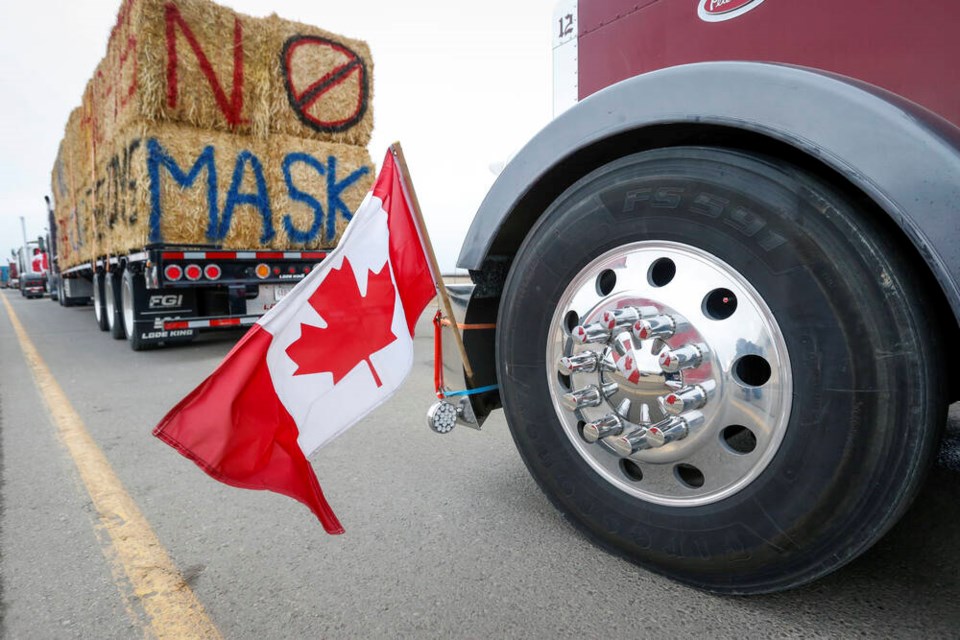It appears a third Omicron wave is building, though the precise timing and severity are still unknown.
Sally Otto, an evolutionary biologist at the University of British Columbia, warns that this latest Omicron wave is growing faster than anticipated, and may peak over the next three to four weeks.
That’s earlier than had been expected. It had originally been thought that the Omicron variants BA.4 and BA.5 would peak in the fall. The more rapid onset appears due to a higher transmission rate than the earlier variants displayed.
In Alberta, reported cases of the two variants are doubling every 14 days, in Quebec every 12 days, and in Ontario every 11 days. The B.C. growth rate so far is somewhat lower, perhaps doubling every 16 days.
So far the symptoms associated with these variants appear mild in comparison with the original COVID virus. Unfortunately, BA.4 and BA.5 are much more infectious than earlier versions.
The question is, how should we respond?
Otto has suggested that we should immediately resume mask wearing, and be prepared for a return to some forms of social distancing in the fall.
And while Health Minister Adrian Dix has said there are no immediate plans to require mask wearing, “no option is ever excluded.”
While the minister is right to prepare for every eventuality, there is also a need to see the larger picture.
Mask wearing and social distancing may be effective in the short-term, but we have to consider the potential damage to our social fabric if mandates are reactivated over a prolonged period.
One of the difficulties in deciding how to proceed is the paucity of research in this area. We are in uncharted territory.
Even so, it does appear that the measures adopted to fight the virus may have disrupted daily life with consequence not foreseen.
Well after the original COVID-19 wave subsided, numerous industries remain short-staffed, as employees are reluctant to return to a workplace where they may be infected.
Here again is Otto: “You go to the grocery store now and your risk is reasonably low. You go to the grocery store in three weeks and there is a high chance that somebody else will have COVID.”
We’re seeing airlines cancel flights, hotels struggling to find staff, and here in B.C. ambulance wait times have climbed as paramedics are in short supply.
How much of this is due to the lingering effects of social isolation is unclear at best.
Even so, overdose deaths have soared, to the point where, in several Vancouver Island communities, they are now the second-leading cause of death in some age groups.
And suicide rates are up, as are random acts of violence and hate crime.
Then there was that shocking robbery at a Bank of Montreal branch in Saanich last week, where multiple shots were exchanged and both robbers — 22-year-old brothers from Duncan — were killed. Six police officers were injured, three seriously.
An event of that sort is nearly unheard-of in suburban Victoria.
We cannot say with any certainty that these are the after effects of disrupting the routines of life. No doubt there are other factors at work.
Nevertheless it does appear that our communities, at a broad level, are under pressure, and are likely to remain so.
The original measures that were adopted to fight the virus were basically handed down from on high, no questions asked. Again, given the novelty and spread of the first variant, this was understandable, though it caused a degree of pushback.
Given that we now know more about the impact of social isolation, it would help this time around if the minister and his public health staff held province-wide consultations before deciding on next steps.
For it’s apparent that COVID is now endemic, like flu or the common cold. That means we are going to have to live with it, potentially far into the future.



